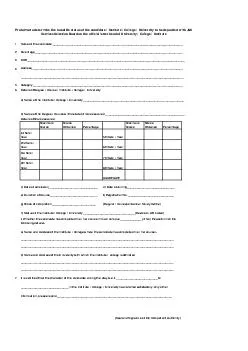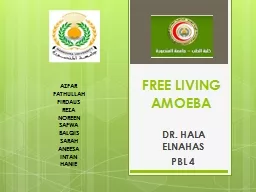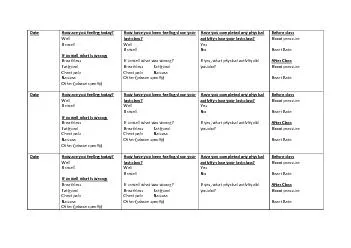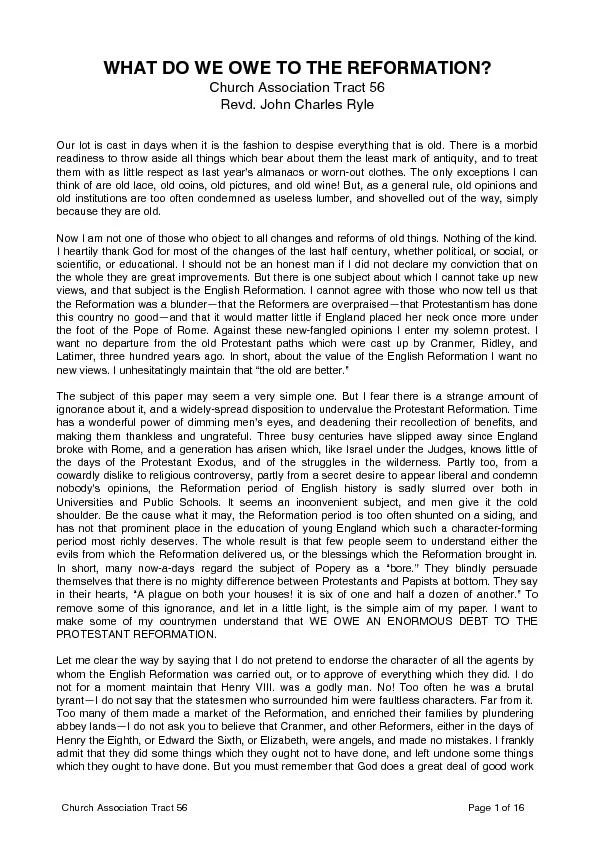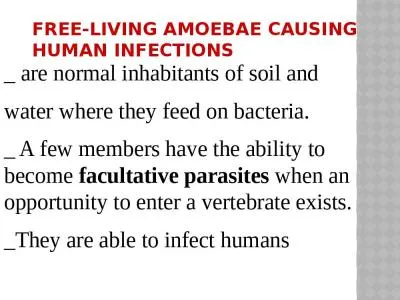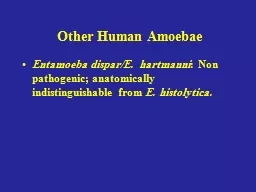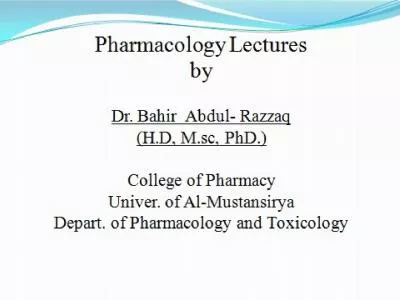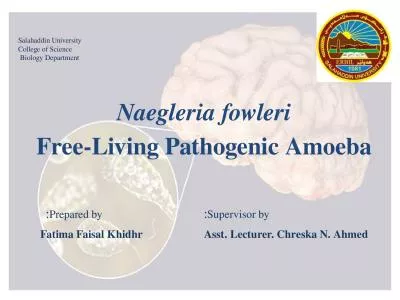PPT-Naegleria Fowleri A 45-year-old man who had been feeling unwell for several months
Author : tatiana-dople | Published Date : 2018-12-17
headache dizziness nausea vomiting extreme tiredness and fever The patient had been taking prednisone for a relapse of chronic ulcerative colitis On examination
Presentation Embed Code
Download Presentation
Download Presentation The PPT/PDF document "Naegleria Fowleri A 45-year-old man ..." is the property of its rightful owner. Permission is granted to download and print the materials on this website for personal, non-commercial use only, and to display it on your personal computer provided you do not modify the materials and that you retain all copyright notices contained in the materials. By downloading content from our website, you accept the terms of this agreement.
Naegleria Fowleri A 45-year-old man who had been feeling unwell for several months: Transcript
Download Rules Of Document
"Naegleria Fowleri A 45-year-old man who had been feeling unwell for several months"The content belongs to its owner. You may download and print it for personal use, without modification, and keep all copyright notices. By downloading, you agree to these terms.
Related Documents


